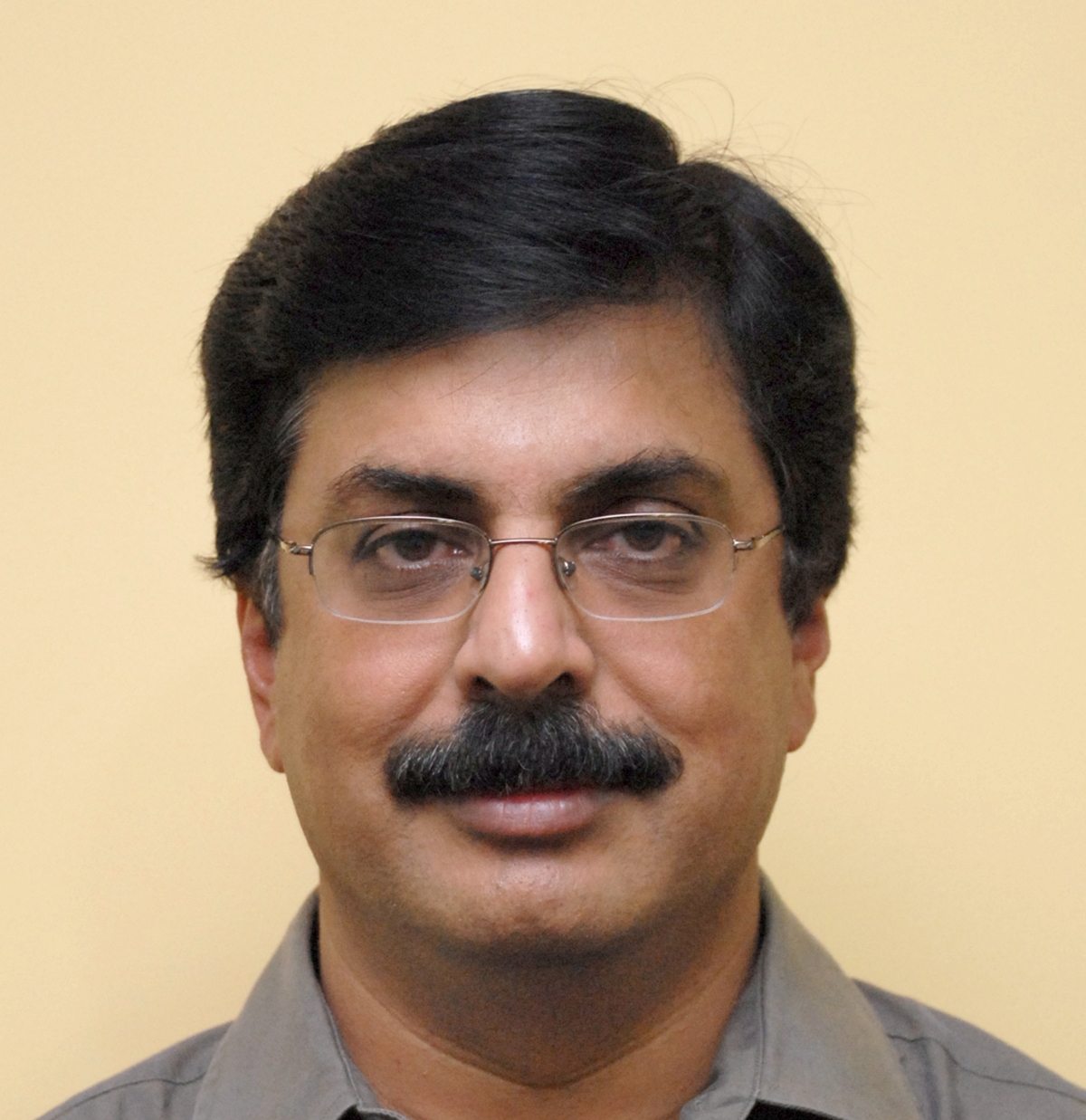EFY caught up with C M Menon, sales director, Analog Devices at the ISA Vision Summit and discussed the integration challenges and the relevance of the Indian market in the electronics segment.
While technology changes at a rapid pace, C M Menon, sales director, Analog Devices talks about how challenging dealing with smaller geometrics can be. Excerpts from the interview…

Q. What kind of products do you have for each vertical?
A. We specialise in converters, amplifiers, DSP, RF, power and MEMs. Industrial and instrumentation, communications infrastructure, healthcare, automotive and consumer are some of the market segments that we serve. Our products play a fundamental role in converting, conditioning and processing real-world phenomena such as light, sound, temperature, motion, and pressure into electrical signals to be used in a wide array of electronic equipment that are used across the breadth of the segments that we serve.
Q. Is there anything evolutionary happening in your industry?
A. Technology is changing at a rapid pace. What was considered high-tech and state-of-the-art yesterday is not so great today. In semiconductor technology, geometries are shrinking, technology is moving towards more integration and everything is becoming smaller and miniaturised. When equipment needs to be miniaturised for portability and power, ICs too need to shrink in size and become more power efficient. More functions need to get integrated into a single chip.
Q. What challenges do you face in the integration of these devices?
A. When more functional requirements need to be integrated on a single device, more transistors and active devices need to be added on smaller geometries and die areas and this is a technological challenge that needs to be taken on. In layman’s terms, it is like adding more and more functions to a smaller piece of silicon. Power efficiency is of paramount importance, so the IC needs to consume minimum power. To accomplish this, one needs newer and efficient process technologies and a high level of innovation is required in all the areas and technologies that one is dealing with.
Q. What is your Indian R&D working on right now? Does it coordinate with design centres in other countries?
A. We have our India Product Development Centre (IPDC) in Bangalore that started off with developing products in the digital signal processing space. Over time, the IPDC has also started developing products in analog and mixed-signal technologies. Product development centres of Analog Devices typically develop products for the global market. The IPDC also collaborates with other design centres in other countries.
Q. What are the core competencies of the Indian design center?
A. Primarily, it is IC design, developing software applications and product engineering.
Q. How important is India as a market to Analog Devices?
A. India is a large consumer of semiconductors. The supply-demand situation is such that there is a lot of import of electronics and semiconductors into this country. It is evident that India is one of the key markets for Analog Devices. We are looking at this territory very closely and we are working on strategies to best serve the customer requirements here.
Q. What target markets do you aim at here, and what kind of marketing strategies do you use?
A. The Industrial and Instrumentation (I&I) market is a key growth market for us in India. We also serve the Healthcare market, the Communications infrastructure market and the Military and Aerospace market. We also serve some of the Automotive and the Consumer electronics customers.
Our sales teams and our applications engineers work closely with our customers to understand their requirements and end applications and provide solutions that cater to their requirements. Apart from evaluation boards and development tools, ADI’s Circuits from the Lab™ reference circuits are engineered and tested for quick and easy system integration to help solve today’s analog, mixed-signal and RF design challenges. These tools enable our customers to cut down design cycle time.
Q. Have you noticed any interesting market trends in India?
A. Technologies used in the I&I, Healthcare and communications segments in India are no different from those used in other countries. However, there are some markets in India where specifications are unique. For instance, when we conducted research for developing an IC for electronic energy meters some years back, we realised that the Indian market has some unique requirements like tamper detection. The metering IC required the capability to detect several tampering methods and record it. This requirement was rather unique for India and not common in other parts of the world.
Q. Do you consider India as a sales destination or a decision-controlling destination?
A. India is definitely a sales destination for Analog Devices and this is a growth market where there is a large consumption of semiconductor devices. We are looking to build on our competencies and skills in order to develop products to serve our customers globally.
— Dilin Anand and Jalaja Ramanunni






